

CAPOW – Curious About Processing Organic Waste – is a Taranaki-based citizen science project and one of the Participatory Science Platform (PSP) projects supported by the New Zealand Government ...
READ MORE
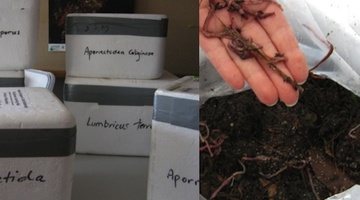
To most of us, one earthworm resembles another. Although earthworms do have common characteristics, species differ widely in their size, skin colour and in the roles they play in the soil ...
READ MORE
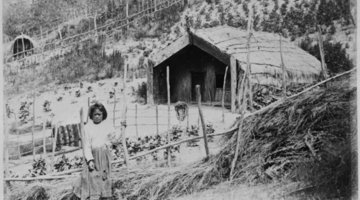
When Māori arrived in Aotearoa/New Zealand in the late 13th century, they found a land quite different to the Polynesia from which they had travelled. The cooler climate meant that some of the ...
READ MORE
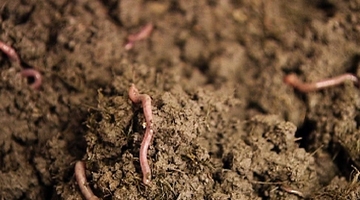
In this activity, students use observation to explore earthworm anatomy and the nature of science. By the end of this activity, students should be able to: identify various physical ...
READ MORE
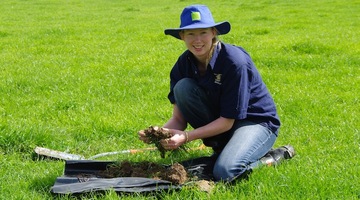
In this activity, students use a three-level reading guide to locate information about the role of observation in science from the text of an article. They interpret what the text means and then ...
READ MORE
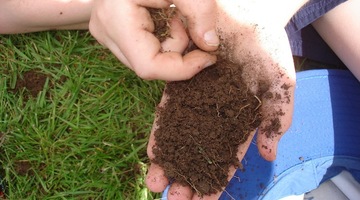
Earthworms are useful indicators of soil health. This project aims to capture information on earthworm abundance and species distribution throughout New Zealand. Information provided will be used ...
READ MORE
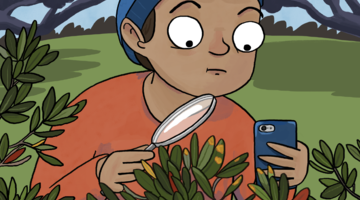
Myrtle rust is a serious biosecurity threat, and help is needed to monitor its spread. This citizen science project aims to gather information on the location, hosts and intensity of this fungal ...
READ MORE

Capture wild microbes and turn them into bread – for science! This is a project you could do with your students in the classroom or they can do at home. Microbes are found in every environment on ...
READ MORE
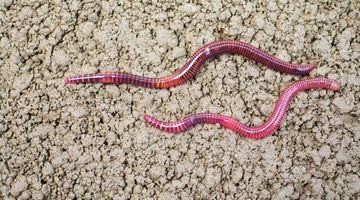
To most of us, one earthworm resembles another. Although earthworms do have common characteristics, species differ widely in their size, skin colour and in the roles they play in the soil ...
READ MORE
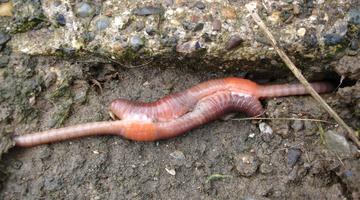
Earthworms are of interest to most children, are easily accessible and are an animal species easily kept in the classroom for short periods of time. This makes them ideal subjects for exploring ...
READ MORE
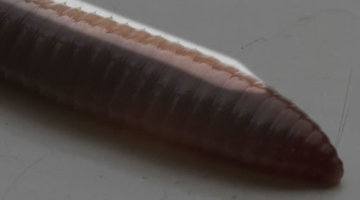
Teachers need to plan clear learning intentions and align these to activities and learning experiences that will help students achieve the goals (Cowie, Moreland & Otrel-Cass, 2013). To ...
READ MORE
Professor Louis Schipper from the University of Waikato explains how soil is formed.
READ MORE
Dr Selai Letica explains some of the causes of nitrous oxide emissions in agricultural soils and why it is important to limit them. Points of interest: Nitrous oxide (N2O) occurs naturally in the ...
READ MORE
Dr Ross Monaghan from AgResearch at Invermay in Otago explains his work in managing the risk of nitrogen loss to water systems through the use of nitrification inhibitors. Nitrification ...
READ MORE
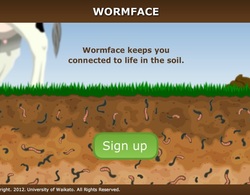
After students have researched an earthworm of their choice they can use this interactive to complete a Wormface profile for their earthworm. You will need the Adobe Flash Player to view this.
READ MORE

Learn more about introduced and native earthworms in Aotearoa New Zealand. Use the Slideshow menu for further options, including view full screen, and go here for the download option.
READ MORE
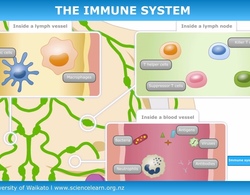
This interactive explains the different cells, microorganisms and molecules involved in the human immune system. Click on the labels for more information. Select here to view the full transcript ...
READ MORE